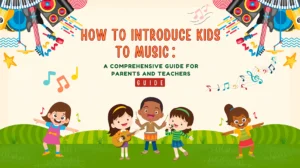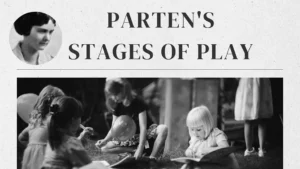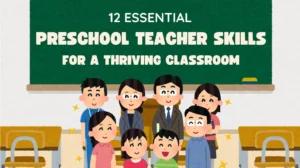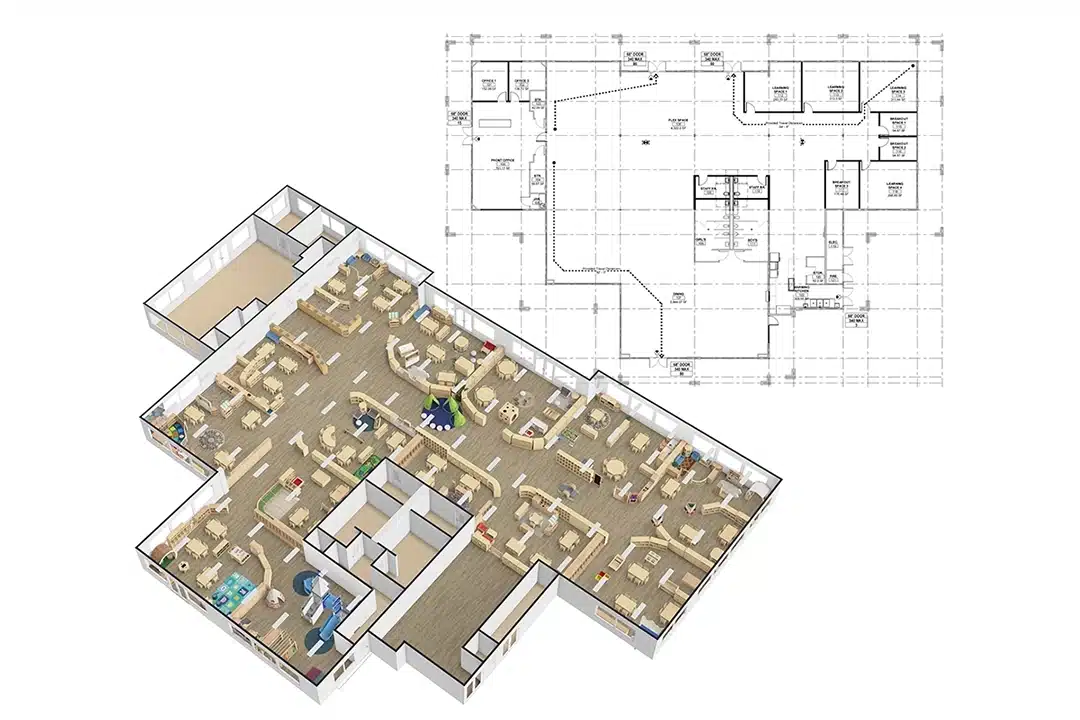Are you struggling to choose a backpack for preschoolers that’s both functional and safe? Are you worried it might be too heavy, poorly designed, or unsuitable for their small frames? Are you afraid that the wrong backpack might affect their posture or comfort? If you’ve ever tried to choose the right backpack for young children, you know it’s not just about looks—it’s about long-term use, safety, and development.
The best way to choose a backpack for preschoolers is to focus on ergonomic design, lightweight materials, and safety-certified fabrics. A well-selected backpack should match the child’s size, support their posture, and allow them to carry essentials without discomfort. Choosing the right one makes a big difference for both the child and the school.
In this guide, we’ll help you understand how to choose a backpack for preschoolers that ticks all the right boxes. Whether you’re a first-time parent or simply replacing an old bag, this comprehensive blog post is your go-to resource for selecting the perfect fit.
Why is Choosing the Right Backpack Important for Preschoolers?
A preschooler backpack is more than just a school accessory — it supports physical development, helps your child stay organized, and gives them a sense of independence. Choosing a custom preschool backpack tailored to your child’s needs ensures they’re not overburdened and that everything from their snacks to school supplies fits just right.
The preschool years (ages 3–5) are critical for physical and emotional growth. At this stage, children are developing fine motor skills, learning to manage belongings, and becoming more mobile. A full-size backpack for preschool or one too large in capacity can overwhelm them physically.
Avoiding too large or poorly constructed backpacks can save your child from back pain and make their school journey smoother. Whether you’re eyeing a personalized preschool backpack or a more neutral design, the right choice combines ergonomics, safety, and personality.

Factors to Consider When You Choose a Backpack for Preschoolers
When selecting the best preschool backpack, you need to weigh multiple factors. The goal is to balance functionality, safety, and cost-efficiency, especially when sourcing in bulk for schools. Below, I’ll review the most important elements every school or parent should consider.
1. Size and Weight
The preschool backpack size matters more than anything else. A bag that’s too large will overwhelm a child, pulling their posture forward. Ideally, the bag should be no taller than the child’s torso and weigh less than 10% of their body weight.
Some parents mistakenly purchase a full-size backpack for preschool students, but that’s too heavy for a small child. A backpack with a 10—to 13-inch height range usually works best for this age.
If your school uses backpacks for daily routines, ensure the size accommodates essentials without burdening the child.

2. Durability and Waterproofing
Preschoolers are messy by nature. Choose water-resistant, tear-proof materials such as polyester or nylon. Reinforced stitching and quality zippers prevent breakage. Look for backpacks labeled “easy to clean” or those with machine-washable liners.
3. Style and Design
Let your child express whether it’s dinosaurs, unicorns, or simple solids; design matters. But don’t sacrifice function for flair. Bright colors improve visibility, and clean lines reduce weight and complication.
- Choose age-appropriate prints or favorite themes
- Include your child in the selection process
- Avoid overly trendy characters that may fall out of favor
A preschool backpack with a chest strap adds extra support and stability, especially for active kids who run, jump, and twist.
4. Safety Features
Safety is paramount. Look for:
- Reflective strips for visibility
- Non-toxic, BPA-free materials
- Easy-pull zippers with safety tabs
A preschool backpack with chest strap adds extra support and stability, especially for active kids who run, jump, and twist.

5. Ergonomics
The shape and fit of the preschool backpack are critical. Look for adjustable, padded shoulder straps and breathable back padding. A preschool backpack with a chest strap adds support and stability, helping keep the bag centered on the back.
Ergonomics isn’t just a buzzword—it directly affects the child’s comfort and willingness to carry the bag independently.
6. Maintenance
Ease of cleaning is non-negotiable. Your backpack will need a refresh, whether it’s spilled juice or muddy playground dirt. Choose models with wipe-clean surfaces or machine-washable options.
- Machine-washable options are ideal
- Nylon and polyester are easy to wipe clean
- Avoid fabrics that stain easily
7. Special Features
Some helpful extras include:
- Side mesh pockets for water bottles
- Interior name tags
- Padded compartments for glasses or small toys
- ID windows
- Lunch bag compartments
8. Price
Quality preschool backpacks cost $15 to $50. Spending more for trusted brands often pays off in longevity and comfort. Avoid dollar-store options with poor stitching and thin straps.

9. Space for a Lunch Bag
Every preschooler’s backpack should accommodate a standard-sized lunchbox. The design must have enough internal space or a separate insulated meal compartment. A separate insulated lunch pouch or a backpack with a front lunch compartment is ideal for snack time at preschool.
- A roomy main compartment
- Extra internal pouches for separation
- Enough width to fit a flat lunchbox
This eliminates the need for a second bag and teaches kids to carry everything they need independently.
Types of Preschool Backpacks
Standard Backpack

The most common choice is offering two padded shoulder straps and basic compartments. Ideal for everyday use, a preschool backpack in this style supports balanced weight distribution, includes water bottle pockets, and is available in countless themes. Choose one that fits snugly on your child’s back for all-day comfort.
Messenger Bag

Messenger bags have one strap and sit diagonally across the body. Though trendy, they often cause uneven weight distribution and are harder for preschoolers to manage. They are better for short-term use or special events but not recommended as a daily preschooler backpack for school essentials.
Tote Bag

Easy to open and carry, tote-style bags work well for light use, such as changing clothes or carrying craft supplies. However, they lack ergonomic support and often slide off small shoulders, making them a secondary rather than primary backpack for preschool children.
Clear Backpack

For safety reasons, preschoolers sometimes require clear backpacks made from transparent PVC. They’re waterproof and easy to clean, but they often lack comfort and durability. Choose one only if your school mandates it.
Drawstring Sport Backpack

These simple bags open and close with a drawstring cord, usually slung over the shoulders like a sack. They’re lightweight and easy for little hands to manage but offer minimal support or organization. They’re not ideal as a full-time backpack for preschool without padded straps or compartments. However, they’re great as a secondary bag for gym clothes or an extra playwear set.
Rolling Backpacks

These come with wheels and a retractable handle, allowing kids to pull instead of carry. Though convenient, they can be difficult for preschoolers to manage over stairs or rough terrain. Use a rolling preschool backpack only if your child can safely handle it and the school allows it.
Common Backpack Materials and Their Benefits
| Material | Durability | Water Resistance | Ease of Cleaning | Use Case |
|---|---|---|---|---|
| Polyester | High | High | Easy | Best for daily use preschoolers |
| Nylon | Very High | Very High | Very Easy | Great for outdoor use |
| Canvas | Medium | Low | Moderate | Stylish options for light use |
| PVC (Clear) | Medium | High | Easy | Required for school security rules |
| Eco-Friendly Materials | Varies | Moderate | Depends on type | For sustainability-conscious families |
Choosing a Backpack by Age
Backpacks aren’t one-size-fits-all — what works for a preschooler won’t work for a middle schooler. Children grow fast, and their backpack needs change dramatically as they advance through school. Choosing an age-appropriate design helps ensure comfort, safety, and functionality at every level of their development.
- Preschoolers: Backpacks with padded straps should be lightweight, soft, and simple. Opt for a preschool backpack with a chest strap and bright colors to make school fun, safe, and manageable.
- Elementary Schoolers: As kids grow, more compartments and space are needed. Choose durable materials, wider straps, and structured designs that can hold folders and lunchboxes and still be comfortable to carry all day.
- Middle Schoolers: Heavier books, gym gear, and electronics are now part of the load. Look for backpacks with better weight distribution, reinforced bottoms, and tech compartments for growing academic needs.
- High Schoolers: High school students need multi-functional backpacks with style. Choose models with laptop sleeves, padded straps, sleek designs, and larger volumes for textbooks, supplies, and personal accessories.
School Backpack for Preschool Girl
A great school backpack for preschool girls should reflect both personality and practicality. Look for padded straps, a chest buckle, and manageable zippers. Popular styles feature themes like butterflies, rainbows, and animals. You can also find a personalized preschool backpack with her name or initials, making it easy to identify and even more lovable.



School Backpack for Preschool Boy
Preschool boys are usually more active and rougher on their belongings, so the ideal backpack must be tougher but just as light and ergonomic. Popular choices often include animal designs (like dinosaurs or lions), vehicles (trucks or airplanes), or classic themes (stars, planets, jungle scenes).
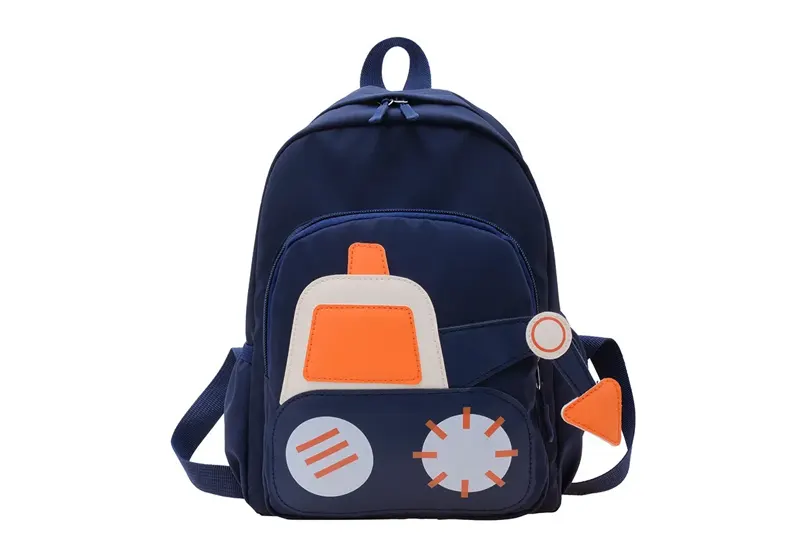


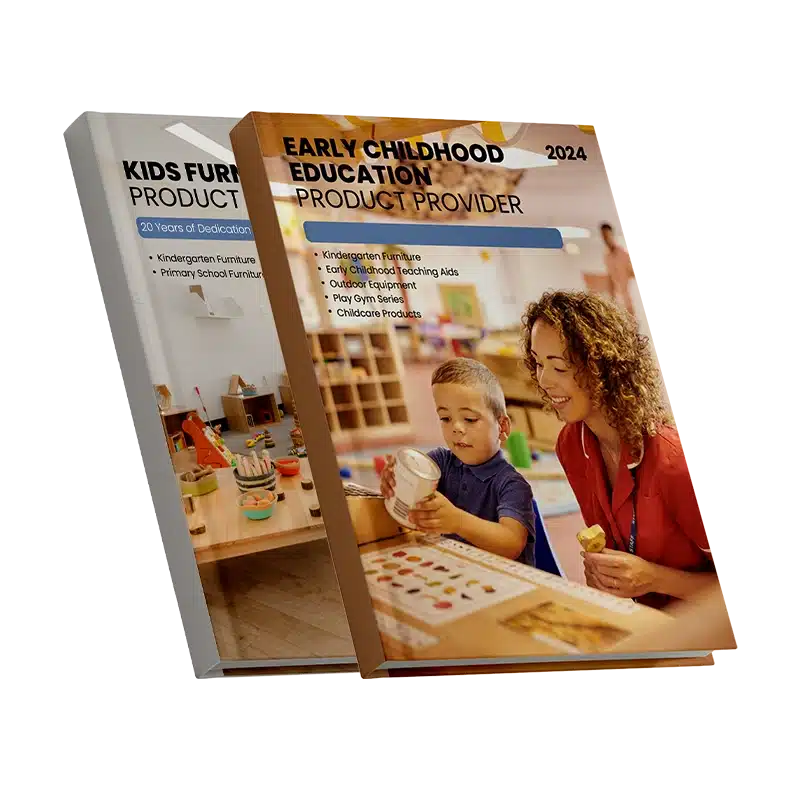
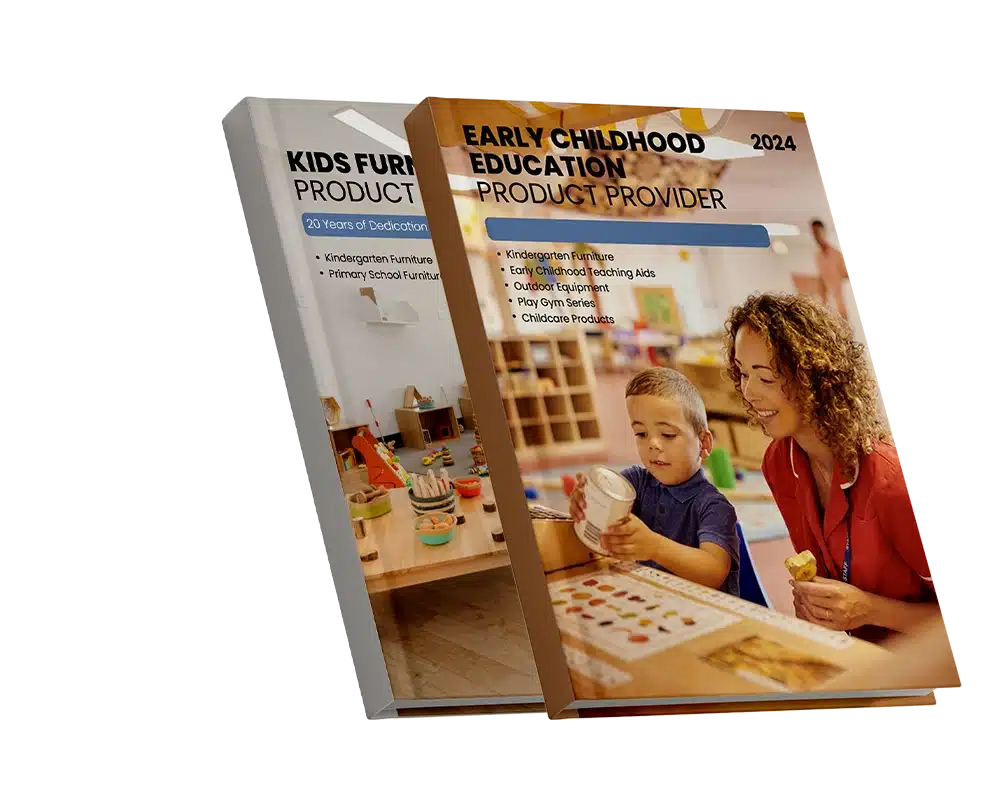
How to Measure a Backpack?
Measuring your child’s backpack ensures it fits properly and supports their small frame. Avoid “eye-balling it” — taking precise measurements will make a big difference.
- Height Measurement: Start from the top of the backpack to the bottom. This should range between 10 and 15 inches for preschoolers, depending on the child’s height.
- Width Measurement: Measure across the widest part of the backpack. Ideally, the backpack shouldn’t be wider than the child’s torso to avoid awkward movement and rubbing.
- Depth Measurement: Depth reflects how far the backpack sticks out from the back. A 4–6 inch depth is usually enough for preschoolers without overloading them.
Backpack Size and Weight
Choosing the correct preschool backpack size and weight capacity is key for healthy growth and comfort.
| Child Height | Backpack Height | Ideal Weight Limit |
|---|---|---|
| 3’0″ – 3’5″ | 10-12 inches | 1.5 to 2 lbs |
| 3’6″ – 4’0″ | 12-15 inches | 2 to 3 lbs |
| 4’1″ – 4’5″ | 14-16 inches | 3 to 4 lbs |
Backpacks that weigh more than 10% of the child’s weight when filled can lead to poor posture, fatigue, or even pain. A custom preschool backpack should be designed for this limit.
How Do You Properly Pack and Use a Backpack for a Preschooler?
Packing correctly ensures the backpack doesn’t become a burden or hazard. Many issues with children’s backpacks stem not from the product but from how it’s used.
1. Distribute the Weight Evenly
Always place heavier items closest to the back panel, like a lunchbox or water bottle. Use compartments to separate items, which helps balance the load and prevents everything from sliding around or pulling the bag off-center.
2. Don’t Overload the Backpack
Avoid stuffing the bag with unnecessary items. Keep the total weight under 10% of your child’s body weight. A light, well-packed backpack for preschool allows your child to move freely and prevents fatigue during walks or school activities.
3. Wear the Backpack Correctly
Show your child how to wear both straps on their shoulders — never just one. Adjust straps so the backpack fits snugly at the center of their back, not drooping. A preschool backpack with chest strap adds extra stability and reduces shoulder strain.
4. Teach Your Child to Wear and Pack the Backpack
Make packing part of your morning routine. Label everything and assign specific compartments for different items. Encourage your child to put their backpack on and take it off by themselves, which builds confidence and a sense of independence.
5. Use Accessories for Added Support
If the daily walk to preschool is long or includes uneven terrain, accessories like waist belts or extra-padded straps can offer enhanced support. A chest strap is a game-changer for comfort, especially for active or small-framed children using their backpacks for preschool.
6. Clean the Backpack Regularly
Crumbs, dirt, and stains are inevitable. Clean the backpack weekly using mild soap or detergent. Regular cleaning prevents bacteria build-up and keeps the bag looking fresh and functional.
What to Pack in a Preschooler’s Backpack?
Preschoolers don’t need much, but they do need a few daily essentials. Pack light, but pack smart.
- Extra Clothing: Accidents happen. Include a labeled bag with a change of underwear, shirt, and pants. Use lightweight fabric to reduce bulk.
- Diapers and Wipes: If your child is not fully potty trained, include enough diapers for the day, plus wipes in a resealable pack.
- Snacks: Pack healthy, easy-to-eat snacks in a spill-proof container. Avoid messy or overly sugary foods. Stick to what’s allowed by the school.
- Water Bottle: Use a leak-proof, child-friendly bottle. Place it in a mesh side pocket for easy access and to avoid spills inside the backpack.
- Small First Aid Kit: A basic kit with band-aids and tissues can be helpful. Confirm with the school whether this is necessary or permitted.
What Color Backpack is Best for School?
Choosing the right color affects visibility, school policy compliance, and your child’s preference. Balance function with fun.
- Neutral and Professional Colors: Colors like navy, gray, or black are easier to clean and match any outfit. Some schools may recommend or require uniform colors.
- Bright and Bold Colors: Great for easy visibility, especially during pick-up and drop-off. Red, yellow, and turquoise colors are fun and engaging for children.
- Patterns and Prints: From polka dots to cartoon themes, these are favorites among kids. Just ensure patterns don’t clash with school rules or become distractions.
- School Dress Codes: Some preschools prohibit certain characters or require uniform colors. Check school policies before purchasing a highly stylized design.
FAQs
- How big should a preschool backpack be?
It should be about 10–15 inches tall, enough to fit a standard lunchbox, a change of clothes, and a water bottle — nothing more. - Should preschoolers carry backpacks every day?
Yes, it helps them develop independence and responsibility. Keep the contents light and age-appropriate. - What materials are best for preschool backpacks?
Durable nylon or polyester with a water-resistant coating is ideal. Machine-washable fabric is a bonus. - Are character backpacks good for preschoolers?
Yes, as long as they’re ergonomically designed and not just gimmicky. Kids are more likely to use backpacks they love. - Do preschoolers really need backpacks?
Absolutely. Even though they carry fewer items, a backpack teaches organization and responsibility from a young age. - Can I wash my child’s backpack in the machine?
Most can be washed on a gentle cycle. Always check the label. Hand-washing is usually safer for longevity. - How do I know if my child’s backpack fits properly?
The backpack should sit centered on the back, not lower than the waist. The straps should be snug but comfortable. If the backpack pulls your child backward or hangs loosely, it’s too big. - Are there any backpack accessories that can help my child?
Yes. Chest straps add support, reflective strips boost safety, and name tags prevent loss. Lightweight organizers also help keep the preschool backpack tidy and easier to use.
Conclusion
Choosing a backpack for preschoolers may seem simple, but it plays a big role in their comfort, safety, and early school experiences. From sizing and safety to color and compartments, each detail matters. Involving your child in the decision not only ensures they’ll love it but helps build their confidence too.



